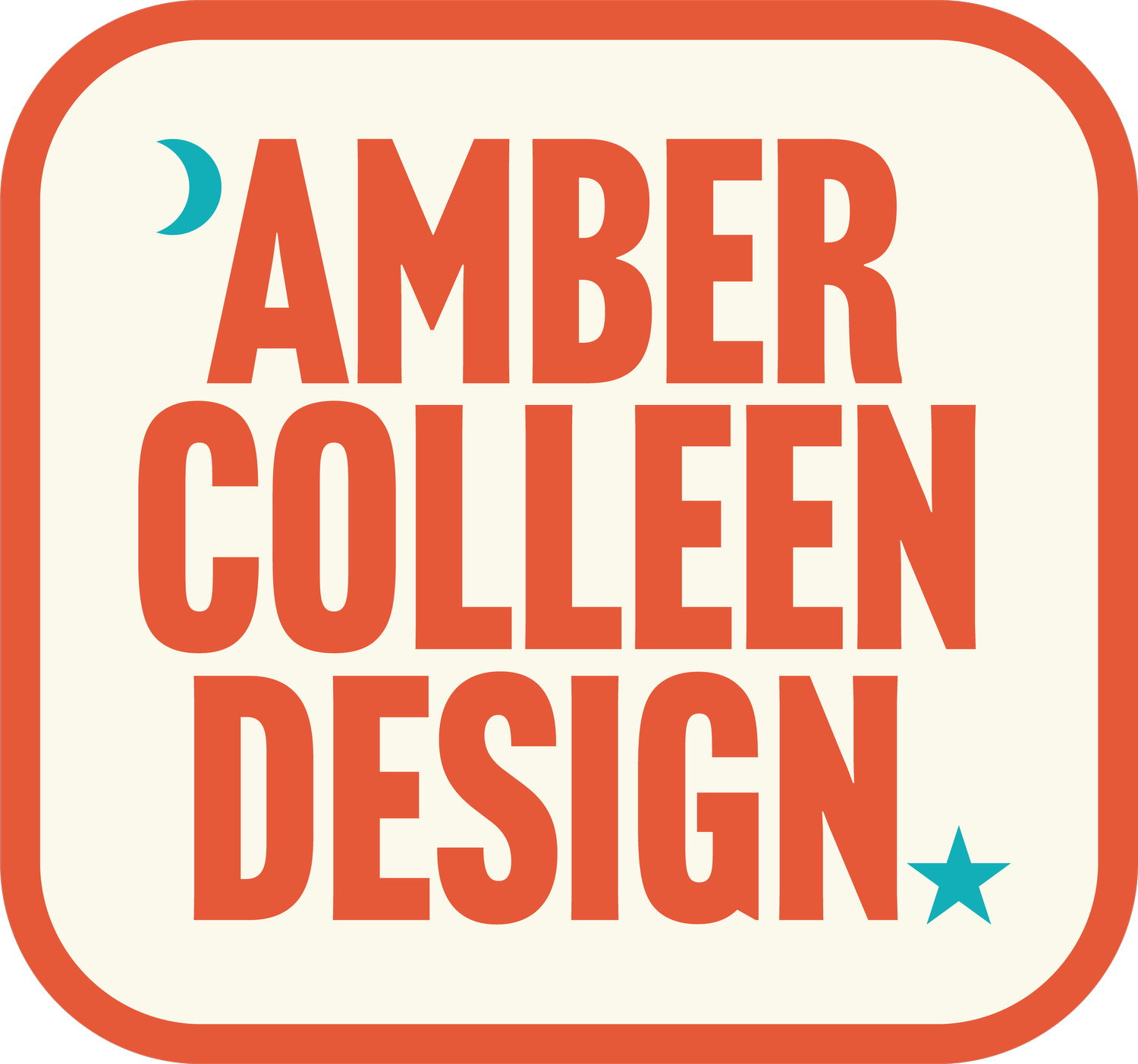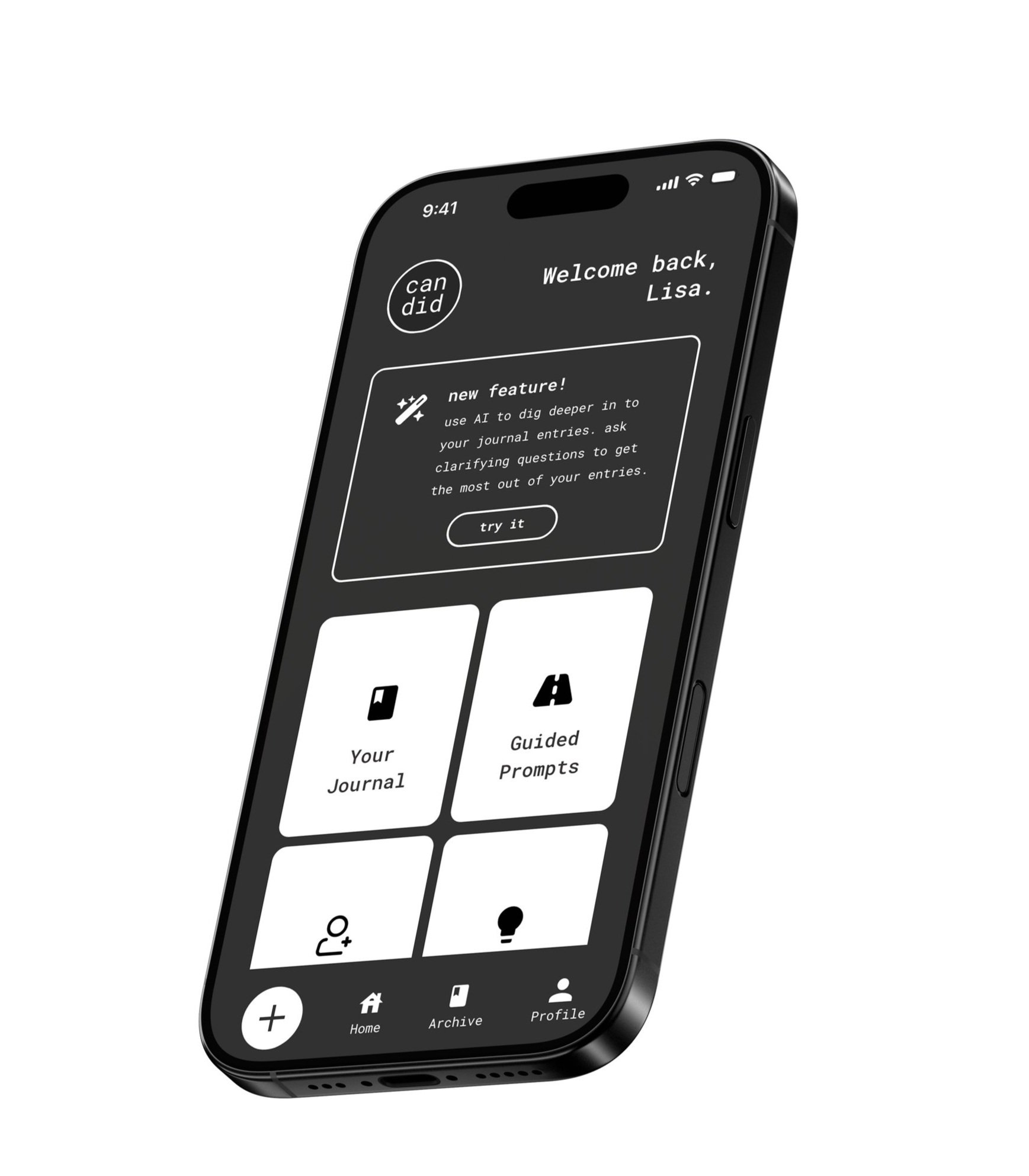Candid. Journalling App
UI/UX Design
Candid. Journaling app
A no-frills no-bullsh*t journaling app for those who want to get candid.
The Challenge
There are lots of journaling apps out there that are over-the-top and include all sorts of unnecessary bells and whistles. Often, wellness tools can capitalize on a toxic positivity mindset. Journal prompts can be shallow and don’t actually encourage growth. Honesty is uncomfortable and therefore not as profitable.
With their peak around 2015–2018, few journaling apps have embraced changed and seem to be stuck in that era of design. Users don’t want to feel cluttered and outdated when they go to use this tool. I’m aiming to design a simple, stripped back app for modern people who are serious about journaling.
The Approach
I started by dissecting some of the bigger journaling apps on the market right now. What am I actually reaching for when I use one? What makes it better than using a piece of paper and a pen? My key insights were:
Although nothing can beat a pen and paper, I might use a journaling app to push my writing further than it could go in a notebook
There are a lot of unnecessary features that apps will introduce in hopes of keeping the user engaged regularly, but overwhelm the user instead
What I Did
I began by using illustrator to create the logo design and brand identity of the journaling app candid. Going into it, my mantra was “keep it simple, keep it honest”. I used a mono typeface and deep greys paired with crisp white to achieve consistency and evoke a calm but honest and strong presence.
I used Figma to mock up a very basic application. I started with the very bare bones, a space to write your thoughts with very little distraction on the screen. I used warm language in my copywriting to encourage the user to think of the journaling app as a curious but non judgemental friend. To push the app further, I introduced the concept of a simple AI that could scan your writing and help you dig deeper towards the personal insights you need. It doesn’t tell you what to do — instead just simply asks you questions.



